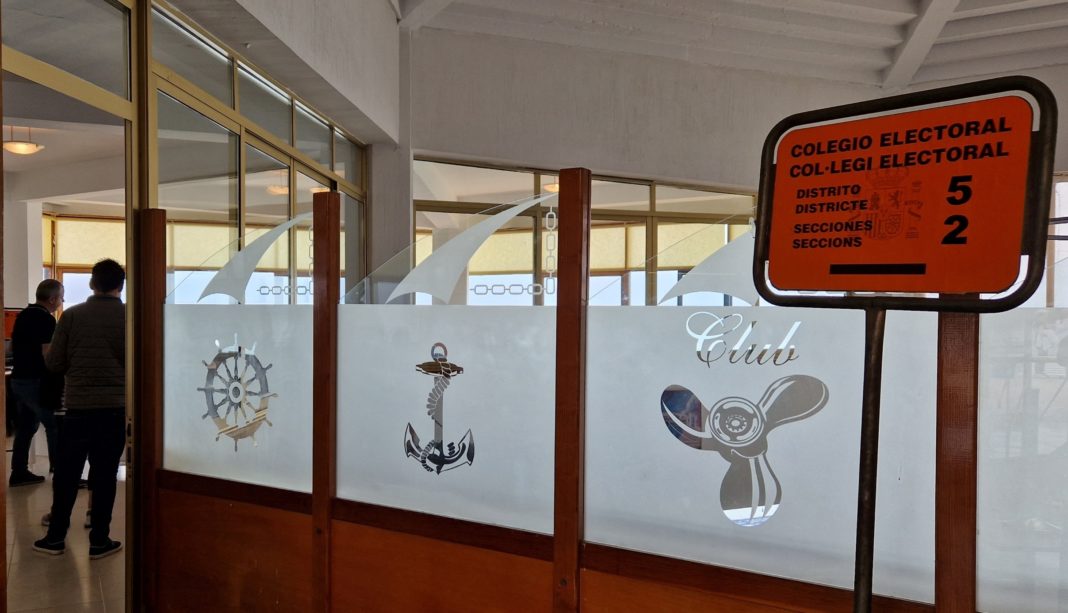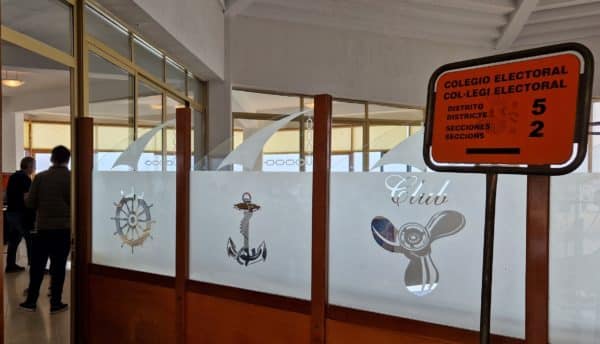The Party for Independence (PIOC) picked up most coastal votes, winning the votes of a large number of foreign residents but, as it fell just short of the 5% mark necessary it failed to obtain a councillor. The Partido Popular trailed behind PIOC in second while the support for Cambiemos, which lost more than 700 votes, was decimated.
Of the 7,069 registered in the electoral roll in Orihuela Costa, 3,467 actually voted, represents 48.9%, while at the last Municipal Election in 2019 it was 31% so participation has increased by about a thousand voters, almost 17.9%.
Unfortunately, however, it still continues to be low despite the fact that the campaigns to capture the coastal vote had been running for some time. One major factor would appear to be the additional steps required to be taken by British voters wishing to register, with many, even in the days leading up to the elections, still not aware of the fact that the system had changed following the UK’s exit from the EU.
However, of the expats that did vote the vast majority quite clearly supported the PIOC despite the vitriol churned out by one local politician in the days and weeks prior to the election.
Of the votes that were cast on the coast PIOC polled 1,382 votes (4.56%), with the PP in second, on 908 votes, increasing it’s share from the 312 it had four years ago. PSOE showed a slight decrease, from 471 to 420 while Vox polled rather better, increasing from 251 in 2019 to 388. Both Ciudadanos and Cambiemos took a hammering on the coast, C’s dropping back from 544 to 175 while Cambiemos had a disaster, winning just 240 votes, a fall of 709.
Four years ago Cambiemos were supported on the coast by CLARO while on 28M that support was shifted to PP on the understanding that it’s President, Antonio Cerdan, would be given a post in the new government, should the PP be successful. However, it has recently been reported in the Spanish Daily Newspaper ‘Informacion’ that Cerdan has been ‘dropped’.
Looking at the coastal vote by Voting Table, the trend can be further broken down, showing PIOC to have dominated the vote in the inland urbanisations with 44% of the ballot, while the PP fared rather better on the coast, with 38% of the vote.
PIOC leader, Ramón Fusté, said that his recently created party had managed to mobilize a large number of people who would normally have abstained while, at the same time highlighting the differences that exist on the two sides of the N-332.
With the segregation of Orihuela as it’s main objective PIOC is made up mostly of British supporters, a community with almost 10,000 registered residents in the municipality, with Fusté highlighting particularly the difficulties of his party reaching the Spanish electorate. “As a ‘start up’ movement party funds are extremely limited,” he said, “without any money for advertising and without the support of any of the Spanish media. As such it was always going to be extremely difficult.”
Cerdán, meanwhile, rather arrogantly, attributed the result to the uninformed British vote, with the support of the English language press, that fuelled the illusion of independence. What he seemingly failed to consider was the widespread discontent due to the large urban growth, much of it without planning, introduced by the PP, PSOE and C’s, that has resulted in deficiencies in the maintenance of public roads, lack of communication between urbanizations, abandonment of green areas, absence of basic amenities such as a library, theatre, sports facilities and social centres, problems with the collection of waste and in the coastal sewage network.







